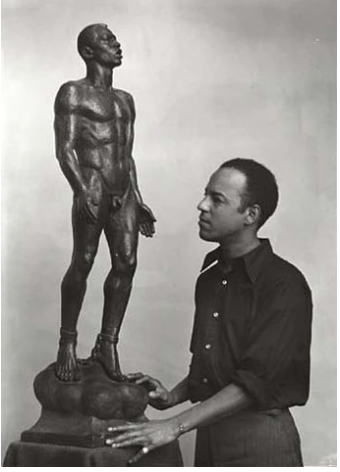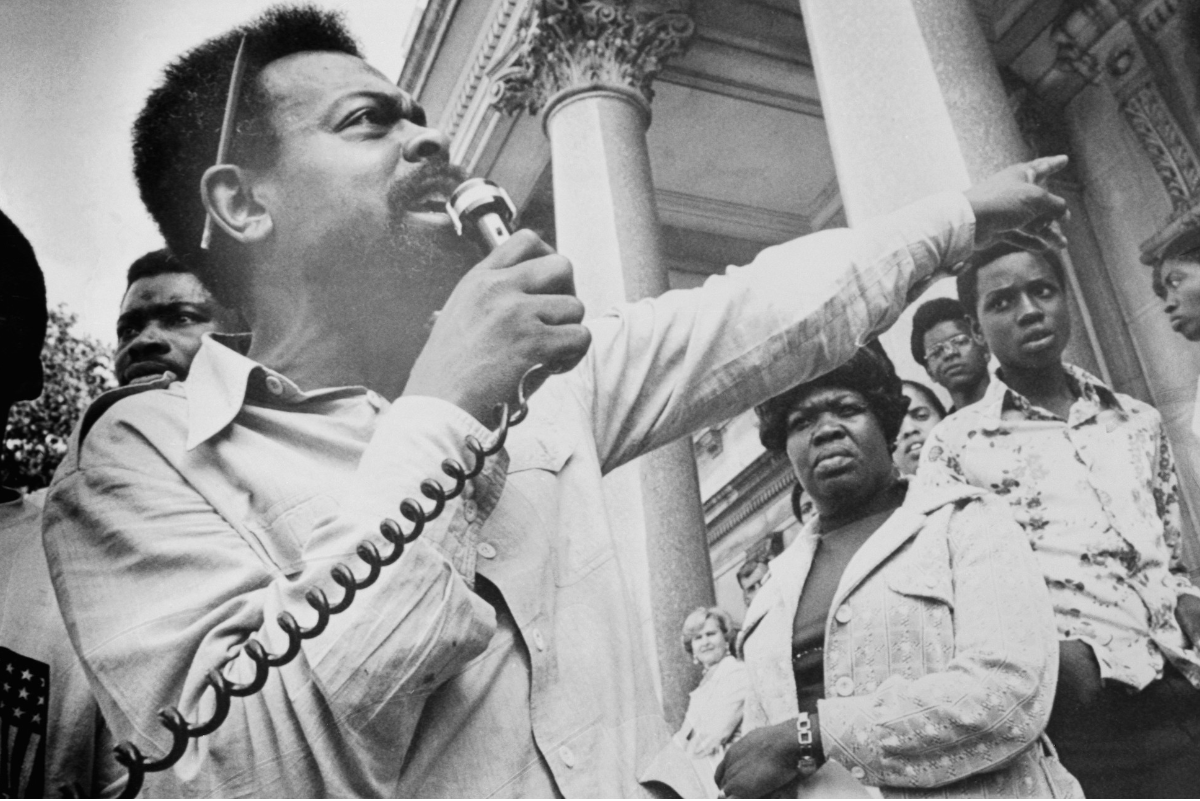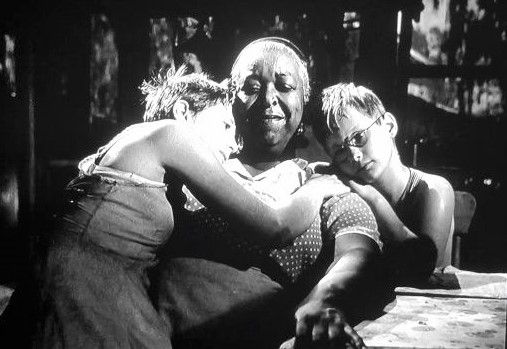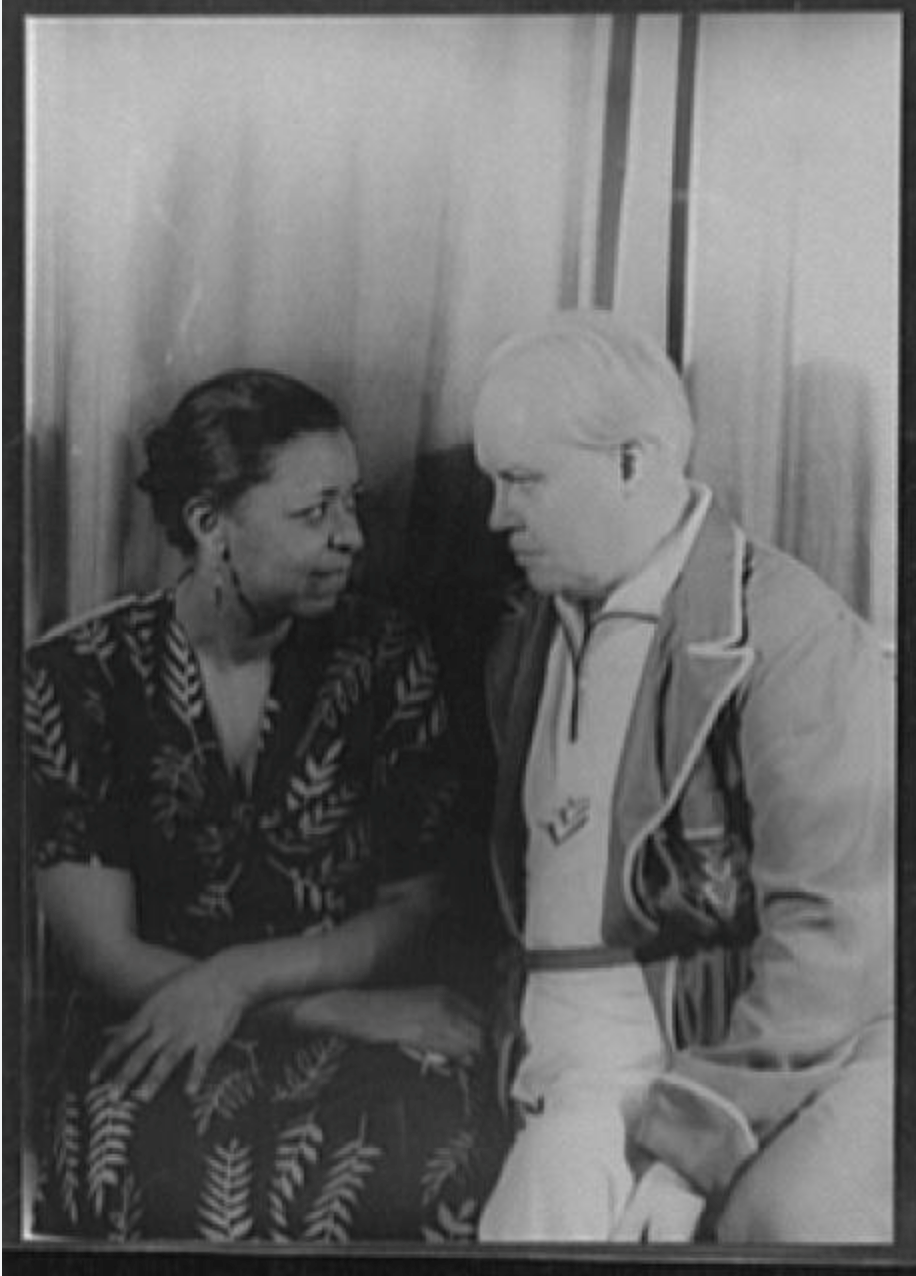Queer Africa, 1st Person - The Swahili Coast

When people ask where the name of my production company comes form, I flippantly reply, “Shoga is Swahili for faggot.” It’s a throwaway line with a lot of discomfort running around underneath. But let us begin – 1st person - with my encounters with indigenous forms of same-sex activity.
I was in graduate school at the University of Wisconsin getting a higher degree (and remember my honorific is Dr. Robert Philipson!) in Comparative Literature with a specialization in Black and African studies. I had decided that I couldn’t make any claims to a credible understanding of African literature without having tackled writings composed, not in the languages of the former colonial powers (French, English, and Portuguese), but in an indigenous African language. With its 400-year tradition of written composition, Swahili, the language that grew from the permanent commercial outposts that Arab traders (and slavers) established along the East African coast, was an obvious choice for me.
In 1985, I was studying Swahili language and culture on the Kenyan coast when I learned about (and saw) men who dressed and lived as women. The name applied to these men was used as a term of endearment between women, shoga. [plural, mashoga]. When denoting a man, the meaning became, to use the endearingly Victorian definition of the 1939 Standard Swahili-English Dictionary, “(2) a catamite; (3) an impotent male person who associates with women, often as a servant.” (One could spend pages and pages unpacking the assumptions of class, religion, and the state of medical knowledge behind these definitions, but let us not go down that rabbit hole.)
I saw the most mashoga in the remote, extremely traditional town Lamu. They walked the streets wearing colorful women’s wrappers (kangas) rather than the more subdued kanzu of male attire. They were noticeably effeminate but not ashamed or fearful. Some of them entered into domestic arrangements with other men, but these “husbands” were not mashoga.The term for them was basha, the king in a suit of playing cards. The Swahili seemed pretty relaxed about these kinds of relationships. There were also masculine-presenting men who had sex with other men, but these blended in with the others, and I learned no Swahili term to refer to them. I know they existed because I bedded one of them while in Lamu.
Three years later I spent most of 1988 at the University of Dar Es Salaam as a researcher in the Kiswahili Institute. Although Dar es Salaam is technically part of the Swahili coast, it had, under colonialism, burgeoned into a cosmopolitan city with populations from all over East Africa. The homophobic attitudes of the inland tribes combined with the catastrophic religious teachings of Christianity to make for a very unfriendly atmosphere. Whatever gay life that might have existed in Dar (and there surely was some) was invisible to me, and as a catamite, I felt completely isolated. I reluctantly returned to celibacy with occasional lapses into lust-powered friendships towards some of the men with whom I came into contact. All were presumably straight, and it was rare that I made anything approaching a pass. Sometimes I detected what I imagined to be reciprocal interest, but most of the time I simmered in silence. On one occasion a young man offered to spend the night with me, but I’m not a seducer by nature, and I couldn’t get beyond his passivity. And then there was Haroub in Zanzibar … (Read the Highlight of the Month.)
There are two discourses of same-sex desire in Africa. The Western one with which we are so familiar, “gay” and its variants, is a colonial and post-colonial import and has aroused all kinds of toxic opposition – xenophobic (“the white man brought it here”), religious (“Sodomite”), political (“my President advocates throwing them all in jail”). Indigenous forms of same-sex desire are sprinkled throughout the continent, but they exist in differing social conditions, lexicalized in different languages, and accorded different degrees of tolerance and visibility. There’s no uniformity about any of this, but nobody has proposed ridding Swahili society of its mashoga. They are a home-grown phenomenon and have been integrated for centuries.
“Gays,” however, are another kettle of swish. They can be ostracized, persecuted, and even killed with impunity.
Recent Posts




SHOGA FILMS is a 501(c) (3) non-profit production and education company. We create multimedia works around race and sexuality that are intended to raise awareness and foster critical discussion.
Contact Us
All Rights Reserved | Shoga Films
Stay Connected
Thanks for subscribing!
Please try again later.


